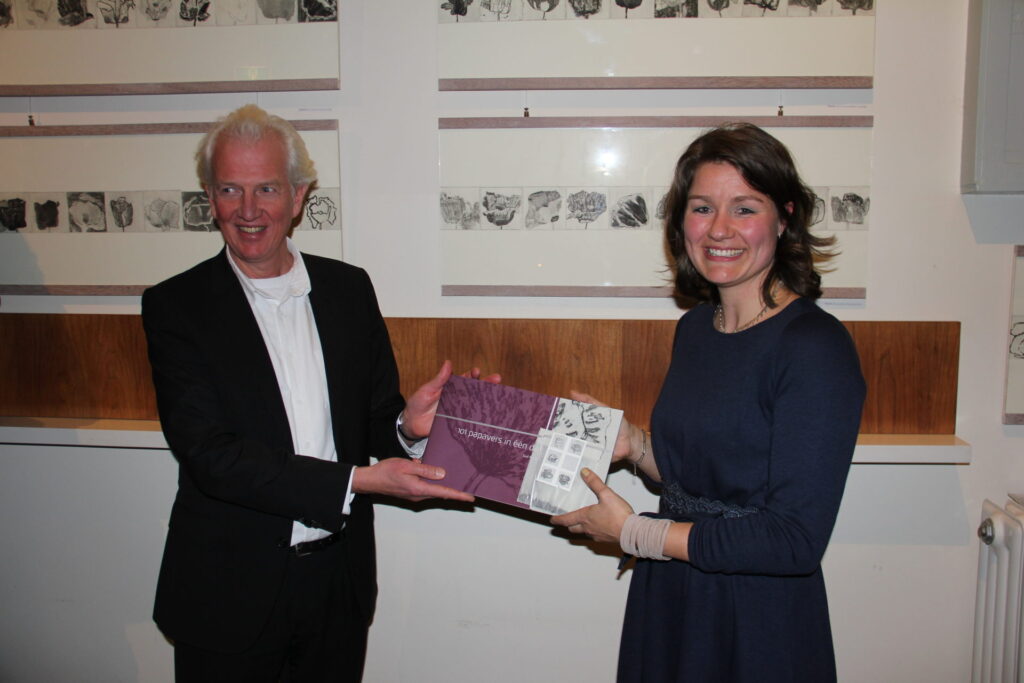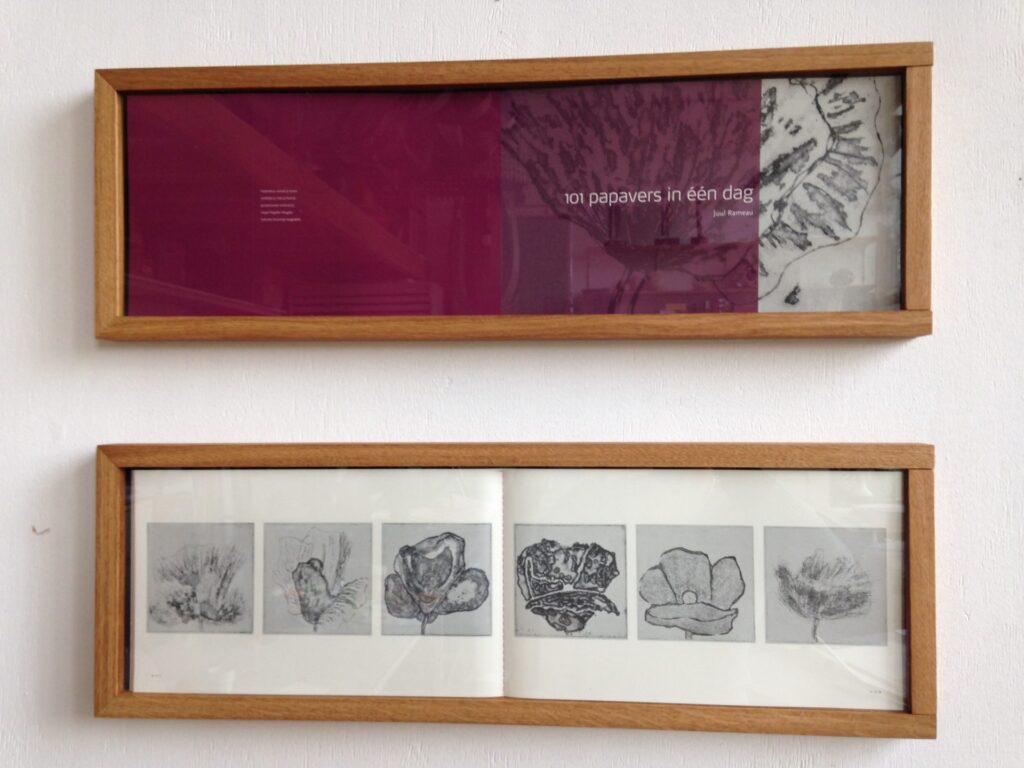
Observe, then a new landscape opens
Try describing with precision the last bunch of flowers you received and you will notice how badly you have been looking all this time. Getting people to look more closely at the natural world around them is what I aspire to do. Shaping what is only so half-perceived and slips away in the delusion of the day. In this way, I want to contribute to a sustainable relationship between nature and man. For a healthy earth and for ourselves.
In my mother’s garden….
Poppies are plants that spread immodestly but conspicuously in a garden. They have unsightly leaves that shoot mostly in height. It seems to be more weed than ornamental, and it is not until bud formation that something potentially interesting shows itself.
Just before summer begins, the poppies are not there one day, and the next day I saw them “suddenly” appear year after year in my mother’s garden. As if that one spring rain gives the final push. Whether the sun shone just enough that day that all those poppies collectively thought, “This is the moment. A magical moment. A moment to cherish, for a poppy blooms profusely but very briefly. Powerful is the budding of the flower bursting out of its shell, fragile is the colorful leaf. This flower will not be caught in a vase. All that remains is a desiccated seed bulb with a funny twelve-sided hat on a long barren stem. That bulb gives confidence that we can see another bloom next summer.
My works are registrations of the explorer in me. I record that which perishes. That which I see and fear I forget. As a reminder of my own impermanence. I make my own translations of nature.
About the craft of graphics
Graphics is a form of visual art in which the artist uses a printing technique to produce a work in print. Etching is a gravure graphic technique and the technique I specialized in before graduating from art school.
Making the poppy etchings was a registration of fleeting transience and appearance of the poppy and at the same time an investigation of the different possibilities within the graphic etching technique: The etching plate on which I make the image can be made of different types of metal: copper, zinc or aluminum. I use zinc. I put the image on the plate by making a groove with an etching needle or by etching away a drawing in wax with acid. I fill these grooves with ink and then use an etching press to transfer the image, under pressure, to paper.
101 poppies, emerging in a day. 101 I etched there, not in one day but over a period of 3 maandan. There is much more possible with graphic techniques than I could have ever imagined, and the fun I had discovering it is hopefully reflected in this series.

Sharing happiness
To share this experience with even more people, I compiled it into a book in 2014. I was able to accomplish this through crowdfunding. The entire poppy series pictured in full size with poetry by me. With relations, enthusiasts, friends and family, I had a wonderful book presentation with thanks to Marleen Lutters in the Hortus in Utrecht, the University Museum in Utrecht. Paul Voogt, now director of the museum, accepted the first book.

The book is still available (€40). Unique is the change frame I designed especially for the book. This allows you to hang the book on the wall and admire a new page with 6 poppies every day. The poppy etchings were printed in a limited edition and some are still for sale (€95/st).
Would you also like a poppy or book?
Getting to know
Nice! The studio is open by appointment. Email me, send a message via the contact page or make an appointment by phone.




